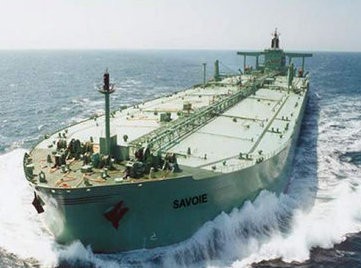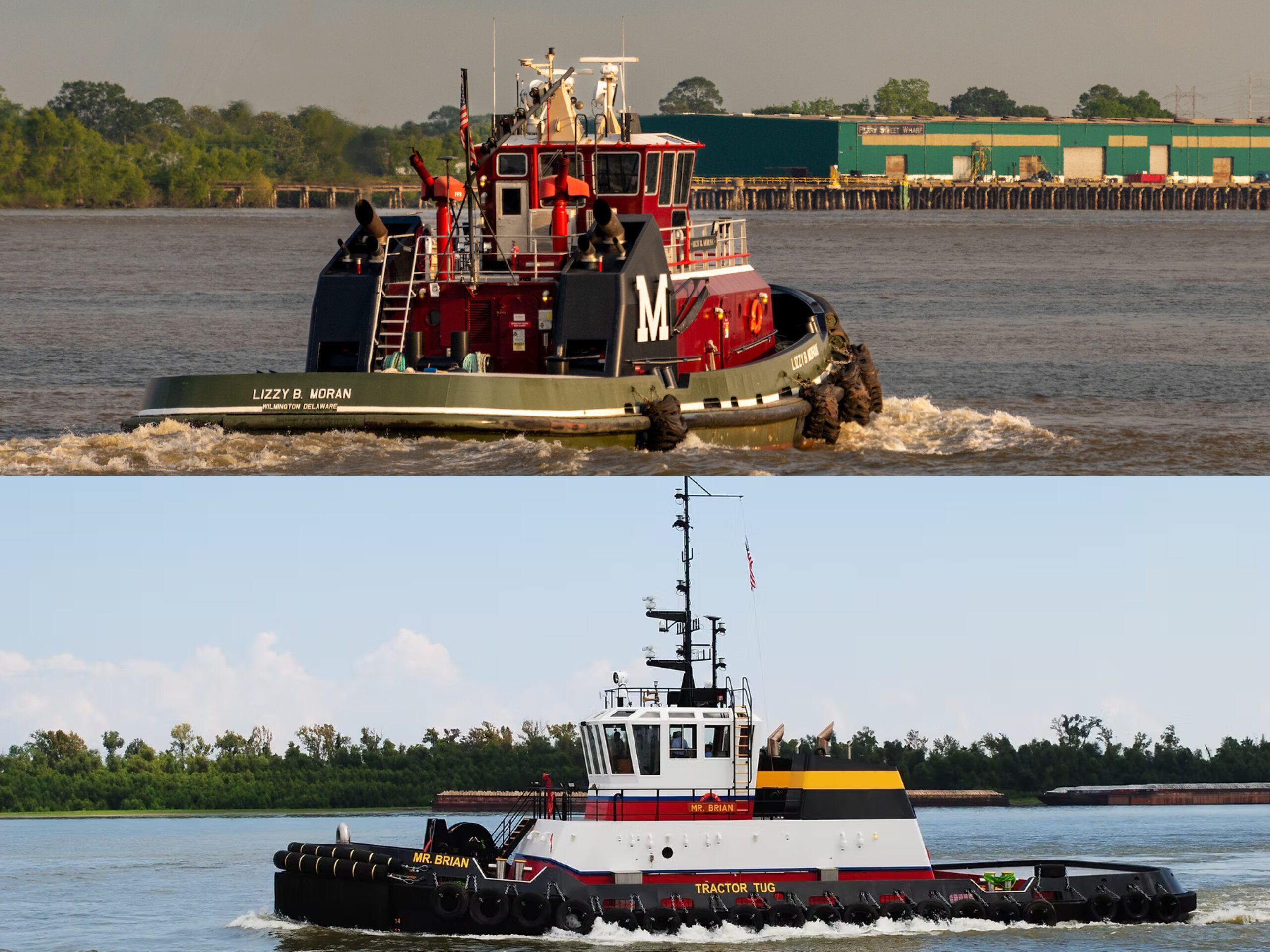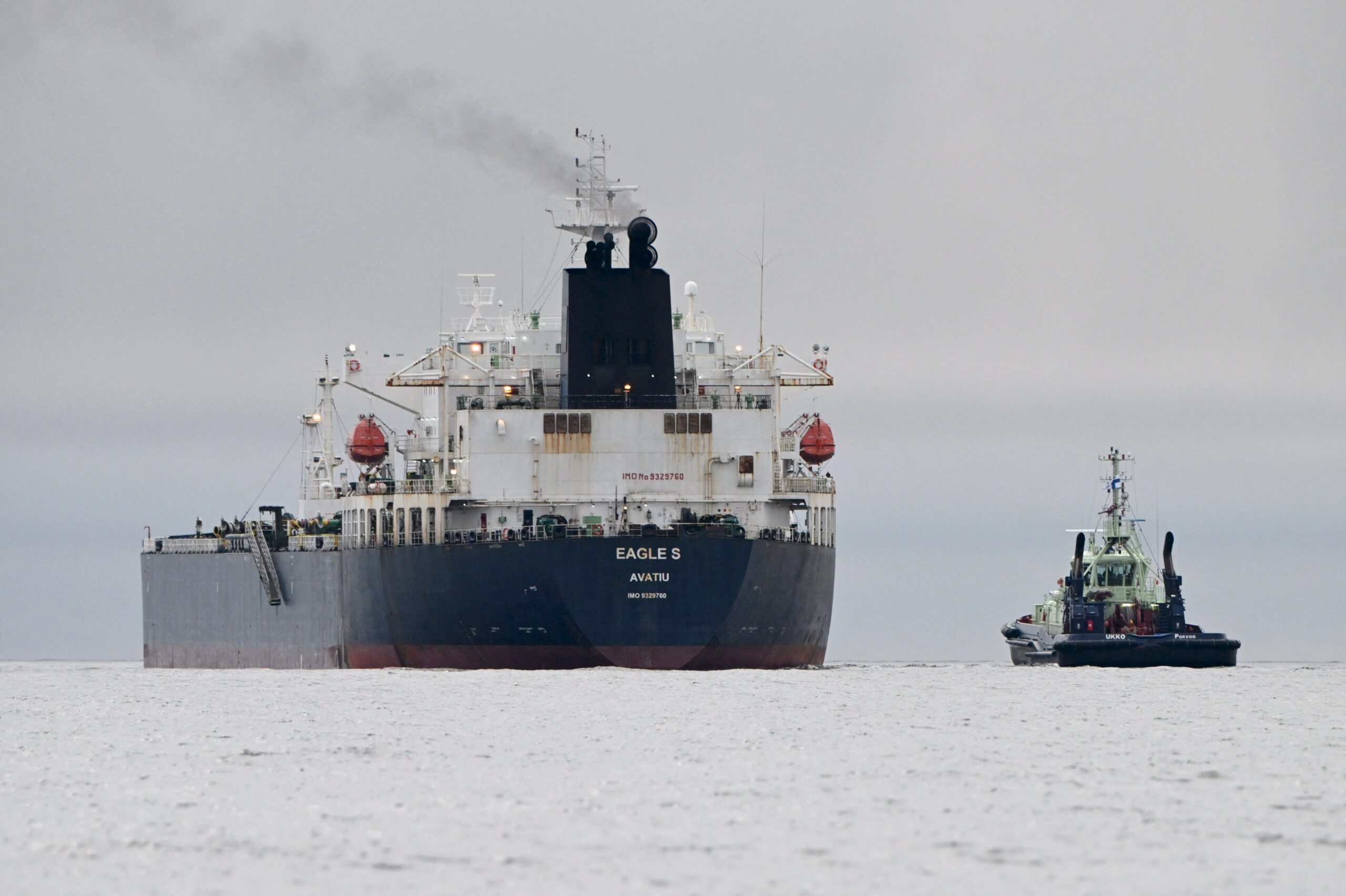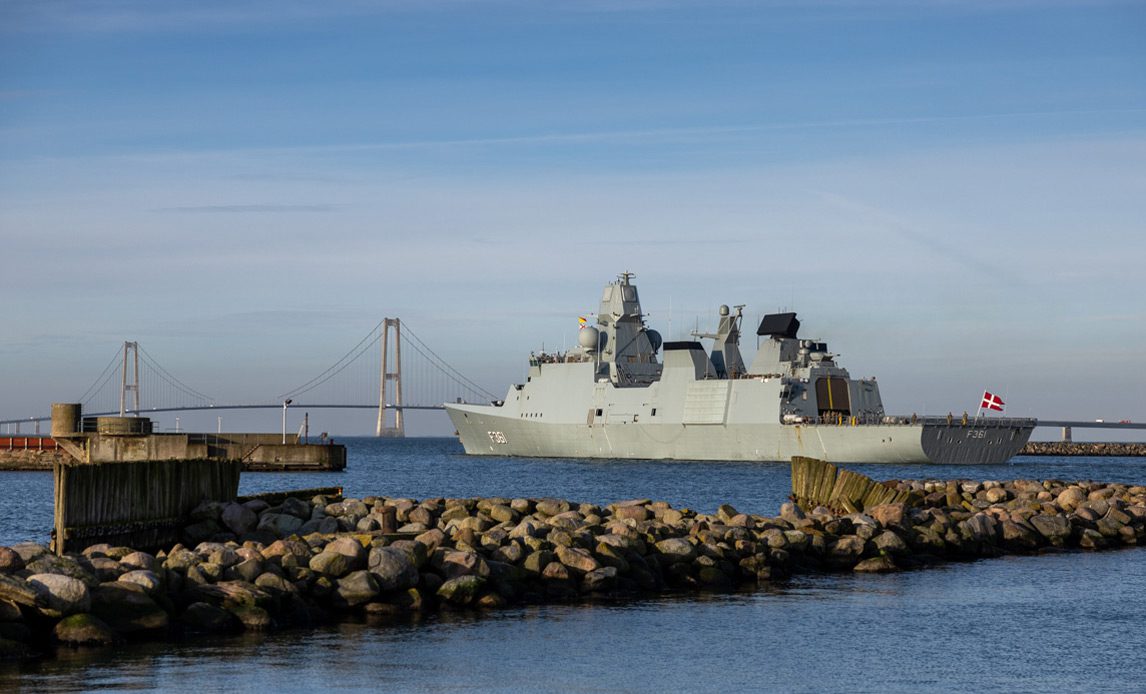Savoie, a 306,430 dwt VLCC sold by Euronav in 2007. Image (c) Euronav
Returns for the biggest oil tankers hauling Middle East crude to Asia, the industry’s benchmark route, fell for a fourth session as the year-end holiday period curbed demand for ships.
Very large crude carriers on the Saudi Arabia-to-Japan voyage were earning $16,509 daily, figures from the Baltic Exchange showed. That was down 7.1 percent from a return of $17,771 as of Dec. 24, the last time before today that the London-based assessor of freight rates calculated earnings.
Demand for VLCCs from many charterers slowed over the holiday season, the consulting unit of Oslo-based shipping- services and investment-banking company Astrup Fearnley said in an e-mailed note today. Only three VLCC cargoes became available for booking, one of which was withdrawn before a vessel was hired, it said.
“Due to the short trading week, the activity level remained slim,” Fearnley said. “All in all, no imminent change expected as the tonnage availability remains plentiful.”
The VLCC fleet will expand 5.3 percent this year, below demand growth of 6.3 percent, according to figures in a December report from Clarkson Plc, the world’s largest shipbroker. Each of the tankers can carry 2 million barrels of crude.
The exchange’s assessments don’t reflect speed cuts aimed at reducing fuel costs, vessel owners’ largest expense. They can boost returns by slowing ships on return journeys after unloading cargoes. The price of ship fuel, or bunkers, was little changed at $612.85 a metric ton today, according to data compiled by Bloomberg.
Industry Standard
Charter costs for VLCCs on the benchmark voyage were assessed at 42.65 industry-standard Worldscale points, exchange data showed. That compared with 48.33 points as of Dec. 24, according to the figures.
The Worldscale system is a method for pricing oil cargoes on thousands of trade routes. Each individual voyage’s flat rate, expressed in dollars a ton, is set once a year. Today’s level means hire costs on the benchmark route are 42.65 percent of the nominal Worldscale rate for that voyage.
The Baltic Dirty Tanker Index, a broader measure of oil- shipping costs that includes vessels smaller than VLCCs, fell 8.9 percent to 696, according to the exchange. The drop was the biggest since last year’s initial session.
– Rob Sheridan, Copyright 2013 Bloomberg.

 Join The Club
Join The Club











